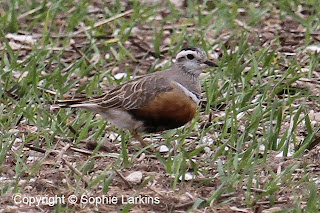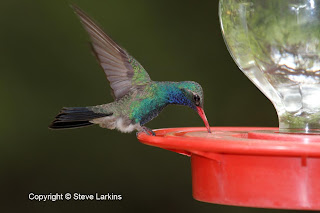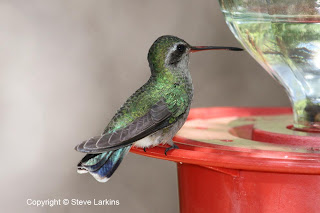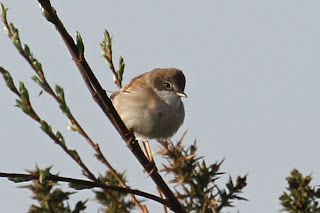It is always great to see one of our favourite birds - the Wheatear on its annual migration to the higher ground of northern and western areas of the UK, from its wintering territories in central Africa.
There were at around 6-8 pairs of Wheatears on Bury Down today and we got a few reasonable pictures, especially when a bold male decided to land on one of the fence posts adjacent to where we were standing!
The main reason for the visit to Bury Down was to see the Dotterel, but the Wheatears were a welcome bonus! Shame it was freezing cold up on the Ridgeway today with the same nagging north easterly wind which just won't go away this year. The car temperature gauge was only reading 8C!
There were at around 6-8 pairs of Wheatears on Bury Down today and we got a few reasonable pictures, especially when a bold male decided to land on one of the fence posts adjacent to where we were standing!
The main reason for the visit to Bury Down was to see the Dotterel, but the Wheatears were a welcome bonus! Shame it was freezing cold up on the Ridgeway today with the same nagging north easterly wind which just won't go away this year. The car temperature gauge was only reading 8C!












